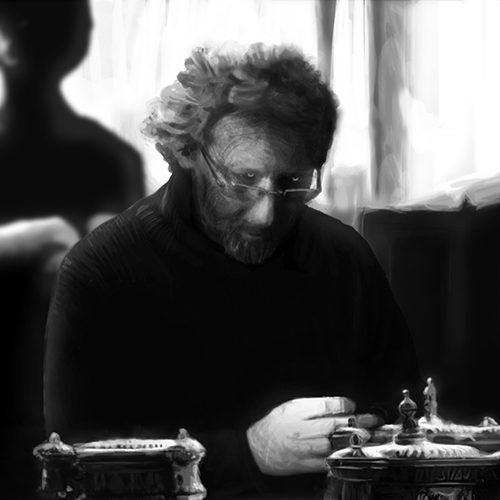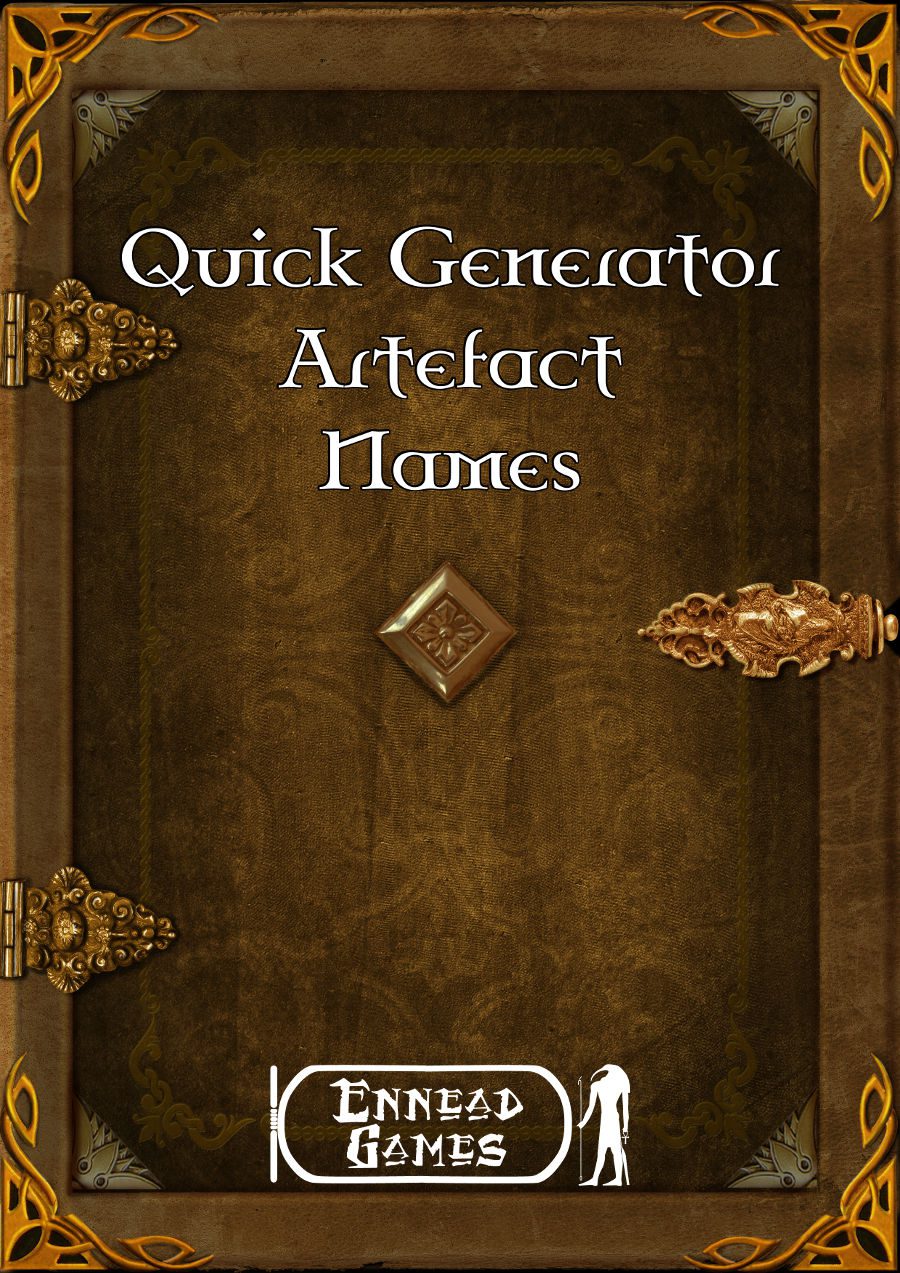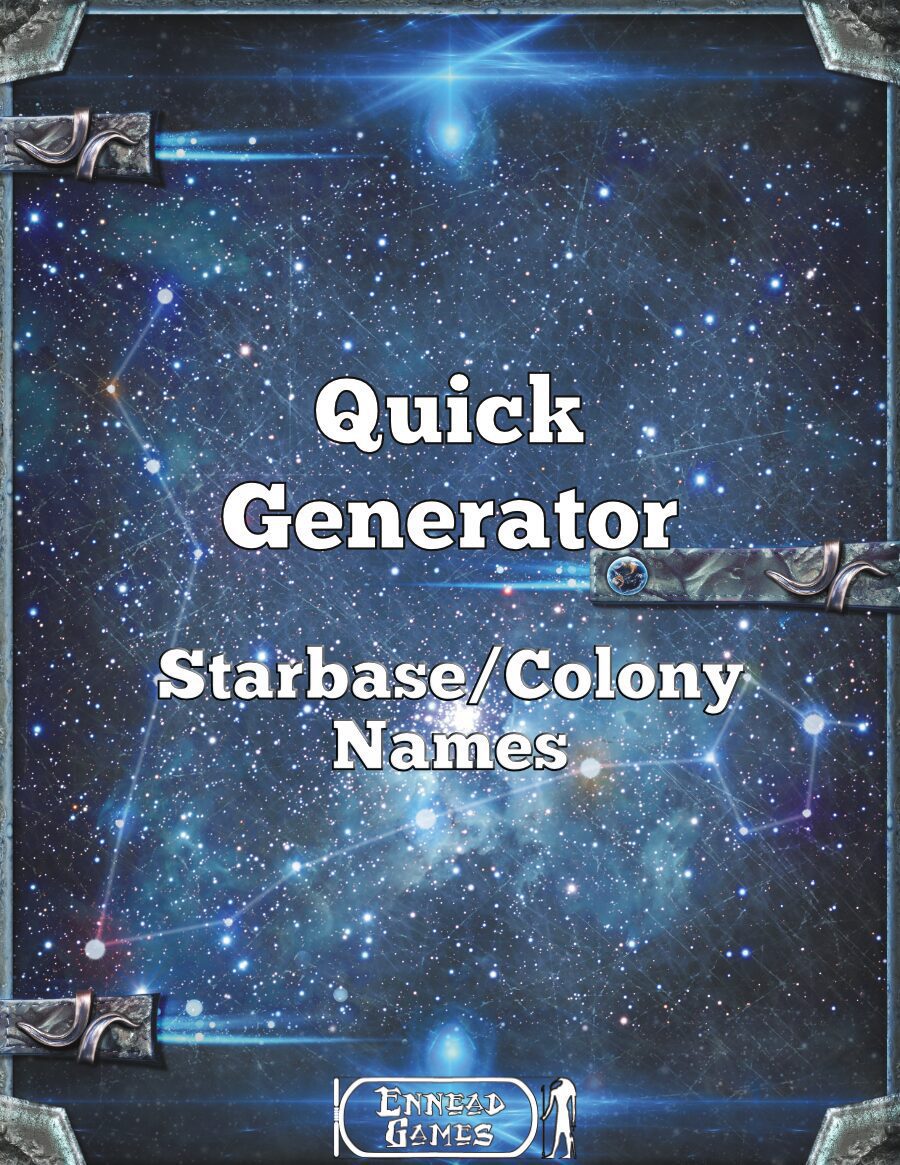
Plot vs. Story, Part 1 : Narrative Responsibilities
Phil Nicholls blogs at Tales of a GM, where he writes about narrative gaming, faster prep and more story. He is currently running a HeroQuest Glorantha campaign in a home-brew setting. Phil has written for Johnn Four’s Roleplaying Tips newsletter and produced a selection of self-published pdfs.
This essay is taken from the archives at Tales of a GM.
Any discussion of roleplaying often uses the terms “plot” and “story”, sometimes interchangeably. As a narrative GM, I value these principles highly. Yet, it strikes me that people often mean different things by these labels. Quibbling over the meaning of labels fuels many heated debate on the forums. For a hobby which struggles to determine exactly what constitutes an RPG, these arguments are all part of being a Geek. However, a lack of clear terms can hold back our hobby.
This essay presents one way to divide up the terms plot and story, in a way to make them relevant to GMs. If we can assign these terms to separate areas of our game, then it will help us discuss our hobby.
RPG Plot
As with any good thesis, it helps to begin by defining our terms. I see plot as primarily the bailiwick of the GM. Plot is the storytelling part of a GM’s game preparation. This includes the plans of GMCs, natural disasters and any random event which appears in the path of the Heroes. These plans may vary in scope from the campaign-spanning plot to control the Cosmos, to the likely tactics of a warrior in combat.
All of these plots are intended to have an impact on the story, but they do not form the story. Plots do not control the narrative, for what plan survives contact with the “enemy”? However, every plot is intended to drive the narrative, to present a problem to the Heroes. Plot is the GM’s input into a roleplaying game.
RPG Story
Story, in contrast, is what happens during a roleplaying game. This means the events at your table, the sum of the Player and GM contributions. Ours is a collaborative hobby, and the story is the product of this joint creation.
The ongoing story at the table is strongly influenced by whatever plot the GM introduces. However, this plot is only the starting point, the recipe for the session. What actually happens at the table is the story: the banter, awesome stunts and swings of fortune. The story is the narrative created by everyone playing the game together.
Never the Twain
With the terms outlined, I hope the relevant purposes of the two concepts are much clearer. The importance of this distinction really only applies to the GM. All of the pre-game preparation of narrative elements by the GM generates plot.
The GM is free to present any or all of her plots to the Players. In some games, or with some groups of Players, the GM needs to offer up a strong plot event to set the game in motion. However, once the Players enter the scene, we are in the realms of story. This is not scripted by the GM, and may prove to have little relation to the initial plot presented to the Players.
I believe this is why we play our games, to see what happens, to share the story. If one person is dominating the game, then this is not so fun for everyone involved. A dominant Player is just as bad for a group as a dominant GM. The story which emerges at the table should be the result of a collaboration between everyone present. The GM has a special role to play in this collaboration, and hence her contribution merits a dedicated term. Plot can play a powerful role in determining the direction of the story, but plot does not control the story.
Manage Expectations
The essence of this distinction between plot and story is to manage the expectations of everyone at the table. Separating these two concepts underlines the approach of playing to find out what happens. This principle is clearly established in the superb Dungeon World, by Sage Kobold Games:
This is how you play to find out what happens. You’re sharing in the fun of finding out how the characters react to and change the world you’re portraying. You’re all participants in a great adventure that’s unfolding. So really, don’t plan too hard. The rules of the game will fight you. It’s fun to see how things unfold, trust us.
This mindset cedes more control of the game to the Players. When it is clear in the GM’s mind where the limits of their authorial input lie, then the GM is automatically more open to Player influence in the story. Likewise, if the Players know this is how the game is being run, then they too feel empowered.
Reduce Prep
The mission statement for Tales of a GM is to achieve both more story and faster prep. By clearly defining the GM’s role in the narrative, this also reduces the prep burden.
A narrow definition of plot simply reduces the remit of the GM’s prep. Under this distinction between plot and story the GM simply has less to prepare. There is no longer any need to “script” out a session, as that is for the Players to decide. The GM now only needs to focus on her part of the narrative.
Conclusion
My game has enjoyed enhanced Player engagement as a result of giving Players a greater influence on the direction of the story. I am sure your game will also benefit. Next week I return to this topic, and explore what happens if the Players simply ignore a GM’s carefully crafted plot.
How do you prepare plot for your game? Have you ever passed story control over to the Players? How did that work out for you? Share your thoughts with your fellow GMs in the comments below.
Happy Gaming
Phil
For more essays from Phil, and updates about his latest campaign, visit Tales of a GM.




One thought on “[Tales of a GM] – Plot vs. Story, Part 1 : Narrative Responsibilities”
Comments are closed.